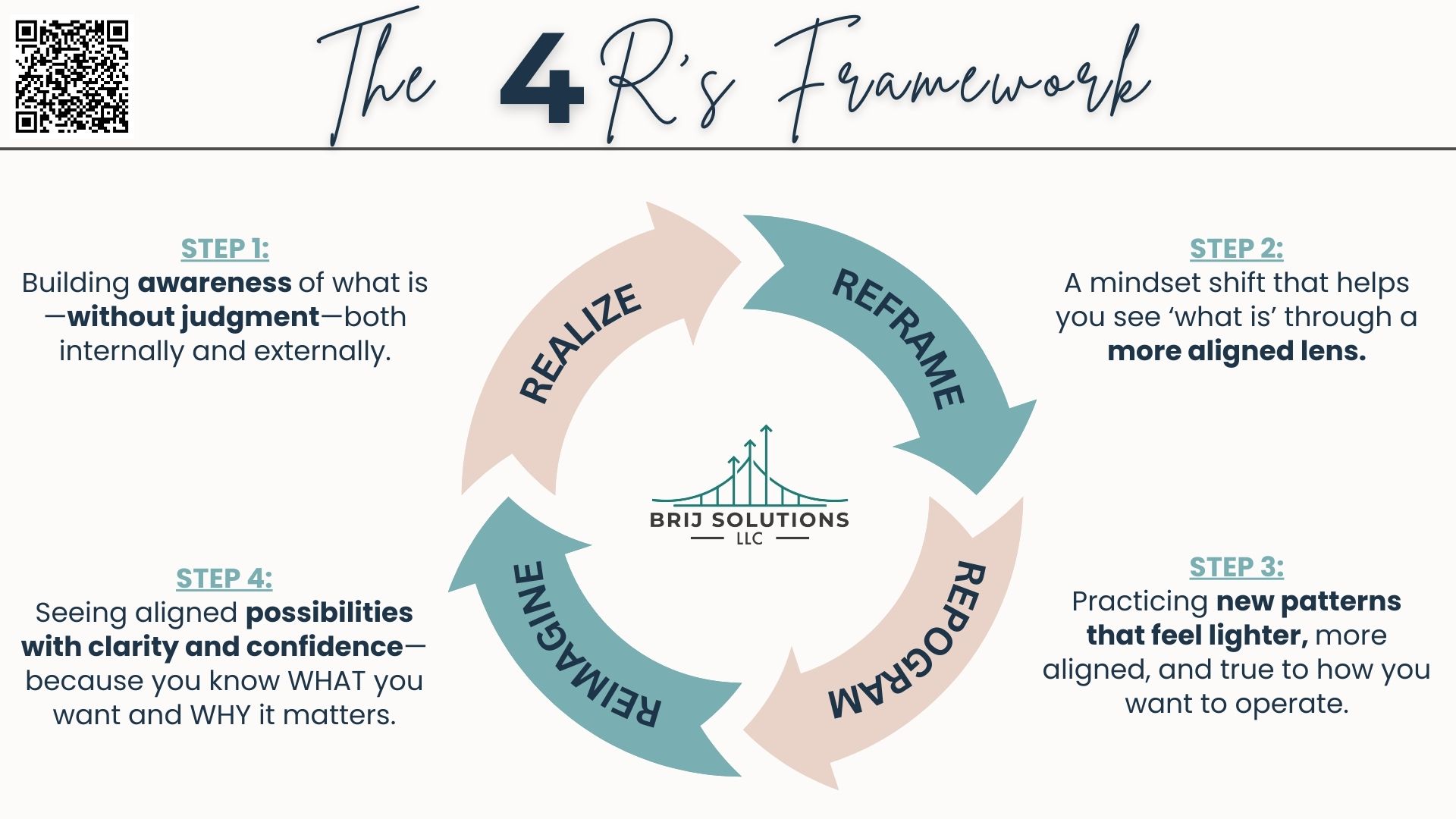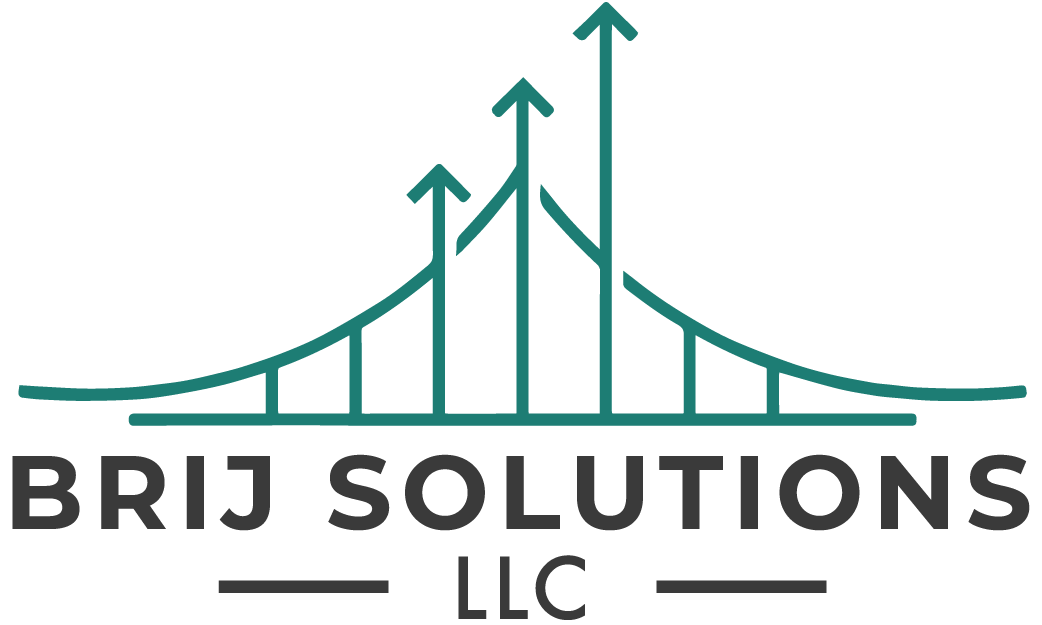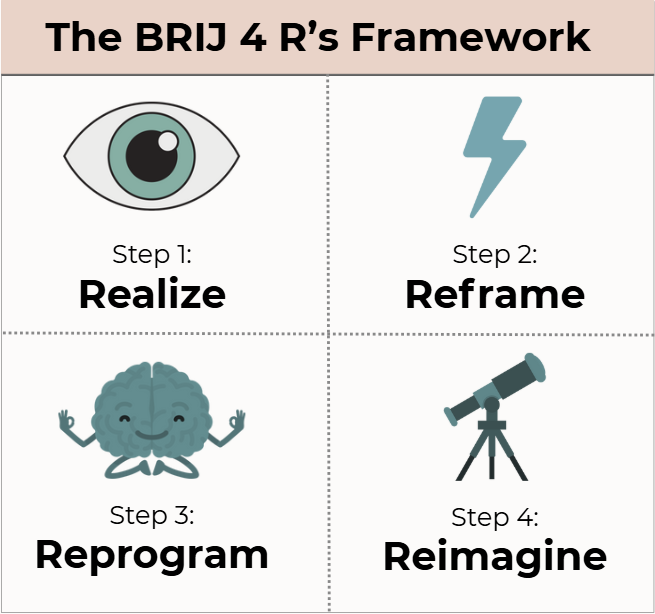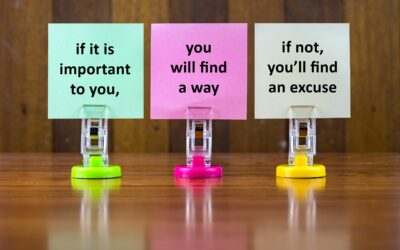Have you ever felt like you were doing everything “right” on the outside—but something still felt off on the inside?
You’re not alone.
Whether it shows up as overthinking, burnout, hesitation, or a low hum of resentment you can’t quite place, misalignment has a sneaky way of draining our energy and muddying our decision-making.
That’s why I created the 4 R’s Framework™—a structured, yet flexible method to help you build resilience, reduce overwhelm, and make decisions with confidence and clarity. This signature approach has become the foundation of my coaching, classes, and personal philosophy.
It’s more than a mindset tool—it’s a way to align how you think, feel, and operate so you can move forward without second-guessing yourself.
Let me walk you through it.

 Step 1: Realize – See What’s Actually Happening
Step 1: Realize – See What’s Actually Happening
This is where it all begins. We press pause and start listening—not to the noise, but to the emotions underneath.
And here’s the key:
You don’t move to Step 2 (Reframe) until you’ve completed Step 1 (Realize) and really felt what’s going on. This isn’t about forcing a new mindset with willpower or manufactured motivation. It’s about being honest with yourself about what’s working—and what isn’t.
Start by noticing the emotion:
- Frustration
- Guilt
- Resentment
- Fear
- Excitement
- Doubt
- Resistance
These emotions are messengers. They’re pointing toward a misalignment between what you want, what you’re doing, and what you believe is possible.
Realizing means noticing:
- What you like (based on experience)
- What you want (based on desire)
- What drains or triggers you
- What you assume others expect
- Where your stories may not match your reality
You want to go to the gym to take care of your health—but you believe your boss, team, or colleagues expect you online during work hours.
You want to wake up early—but your life doesn’t allow you to go to bed early enough.
You want to prioritize yourself—but guilt creeps in because you also want to make others happy.
You want to help out in your community—but the demands of work and family leave little time for you.
Realization is the moment you start seeing these tradeoffs and assumptions. That awareness becomes your foundation.
 “I just noticed that I say yes to things I don’t want because I fear disappointing others.”
“I just noticed that I say yes to things I don’t want because I fear disappointing others.” Step 2: Reframe – Shift the Perspective
Step 2: Reframe – Shift the Perspective
Once you’ve seen the misalignment, it’s time to challenge the story you’ve been telling yourself.
You might start with:
“If I don’t answer a call or email right away, I’m not reliable.”
But with reflection, that might shift to:
“Taking care of my mind and body makes me a more reliable leader, teammate, and parent.”
A great example: A friend once told her therapist, “I just hate to make waves.” She avoided sharing her feelings out of fear of upsetting others, which led to emotional blowups later. The therapist replied,
“You’re not avoiding waves—you’re building a tsunami.”
That one reframe changed everything. She realized small waves—moments of honest discomfort—are what prevent big breakdowns.
Reframing is not about being right—it’s about finding what’s more aligned for you. You’re not done with this phase until your new story truly resonates and unlocks movement.
 “I always thought saying no was selfish, but now I see it allows me to show up better for the things that truly matter.”
“I always thought saying no was selfish, but now I see it allows me to show up better for the things that truly matter.” Step 3: Reprogram – Practice the New Pattern
Step 3: Reprogram – Practice the New Pattern
This is where the real change happens—not by being perfect, but by practicing with purpose.
You’re replacing hesitation with action, old patterns with new ones, all while staying grounded in what you want.
 “I caught myself hesitating to ask for help, but I reminded myself that strong leaders ask for help—so I did it.”
“I caught myself hesitating to ask for help, but I reminded myself that strong leaders ask for help—so I did it.”🔷 What Reprogramming Looks Like
- Catching yourself before saying yes out of guilt
- Naming your emotions clearly using tools like the Mood Meter
- Practicing self-compassion instead of self-criticism
- Using breath to shift your nervous system
- Starting your day with intention—not just a to-do list—so your brain is wired to notice what brings you meaning, satisfaction, or momentum
- Learning to recharge and refocus in 10 minutes or less (my TOOL BLOX™ method!)
One of my favorite foundational reprograms:
You don’t need a full reset—you can recharge in 10 minutes or less.
That’s why I created the TOOL BLOX™—a go-to kit for when you’re feeling blocked.
And one of my core philosophies:
FASNAE™ (pronounced “fas-nay”) – Find A Solution, Not An Excuse.
It’s a reprogram I return to constantly—in my coaching sessions, in business strategy conversations, on the sidelines with athletes I coach, in family chats, and in everyday moments with the people I love. Whether I’m working with an executive leading a team, a founder scaling a business, a parent balancing growth with presence, or a friend who’s craving momentum—the message is the same:
There’s always a next move.
There’s always a small, aligned action that keeps you going.
The reprogram phase is where you live it.
 Step 4: Reimagine – Live in Full Alignment
Step 4: Reimagine – Live in Full Alignment
This is the phase where things flow. Where you show up differently because you feel different. Where you stop second-guessing and start moving with clarity.
And it happens because you’re finally anchored in what you want and why you want it.
You don’t take every opinion personally.
You don’t feel pulled in a million directions.
You hear what others say—but only let in what resonates.
 “It’s like when someone tells you your eyes are purple. If you know they’re brown, you don’t waste energy questioning it—you just let it go.”
“It’s like when someone tells you your eyes are purple. If you know they’re brown, you don’t waste energy questioning it—you just let it go.”
That’s the kind of self-knowing we build. So when feedback does sting or stick? You pause—not to panic, but to ask yourself:
“Is there something here I believe about me?”
This kind of clarity helps you move past judgment, guilt, or confusion. You stop trying to be liked by everyone—and focus on liking yourself and surrounding yourself with people who love the real you.
You even begin to love your quirks.
My closest friends laugh with me, not at me—whether it’s because I love organizing, over-preparing, or thinking I’m funnier than I am.
That’s the magic of alignment. Your differences stop feeling like flaws and start feeling like you.
 “Reimagine is about knowing what feels right for you and living it—confidently.”
“Reimagine is about knowing what feels right for you and living it—confidently.” This Isn’t About Tackling Big Labels Like “Perfectionist” or “People Pleaser”
This Isn’t About Tackling Big Labels Like “Perfectionist” or “People Pleaser”
Instead of trying to fix your identity, we start with what’s in the way right now. We move through it with honesty, not pressure.
And here’s something most people don’t realize:
When you think someone is judging you, it’s often just your own self-doubt projected outward.
If you’re still bothered by what someone might think, that’s a sign you’re not as confident in your own truth as you thought.
That’s why this work matters. It helps you clear those doubts by deeply owning your values, beliefs, and desires.
And let’s stop letting generalizations dictate our confidence.
Yes, the job market might be tough in general.
Or it might be hard to get promoted in general.
Maybe people are too busy to connect in general.
Maybe most people don’t change in general.
And maybe there really is no time to slow down in general.
But when you know your unique strengths, how you work best, and what lights you up—you start becoming the exception to the rule.
That’s where clarity leads to confidence.
And confidence leads to momentum.
The 4 R’s Framework™: A 4-Step Method for Inner Clarity and Confidence | How to Know You’ve Completed Each Step |

 A Final Thought
A Final Thought
The 4 R’s Framework™ isn’t something I invented overnight—it’s something I’ve lived.
And now, I teach it to people who are ready to lead themselves with clarity, confidence, and compassion.
Whether you’re leading a team, navigating a personal transition, or simply craving a little more ease—this 4-step method gives you a structure to move forward in a way that feels true to you.
If this resonated, stay close. I share tools, stories, and prompts that help bring these steps to life in real, messy, beautiful human moments.
Because alignment isn’t a one-time decision—it’s a practice.
And you don’t have to do it alone.
You’ll see me talking about this work in coaching sessions, in local classes, and in the way I show up online. You’ll find bite-sized strategies and big mindset shifts woven into everything I share—because this isn’t just a framework, it’s a way of navigating life with more awareness, more peace, and more power.
And if you’re wondering what to do next? Start with this:
Realize.
Realize what you want, what you don’t want.
Realize what lights you up, what drains you, what patterns show up again and again.
Realize how your preferences and quirks might actually be your superpowers—not something to minimize, but something to lean into.
Because the more you realize what matters to you, the easier it becomes to reframe what’s possible, reprogram your approach, and reimagine what’s next.
Tiny realizations create massive clarity.
And clarity? That’s the beginning of everything.





